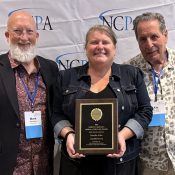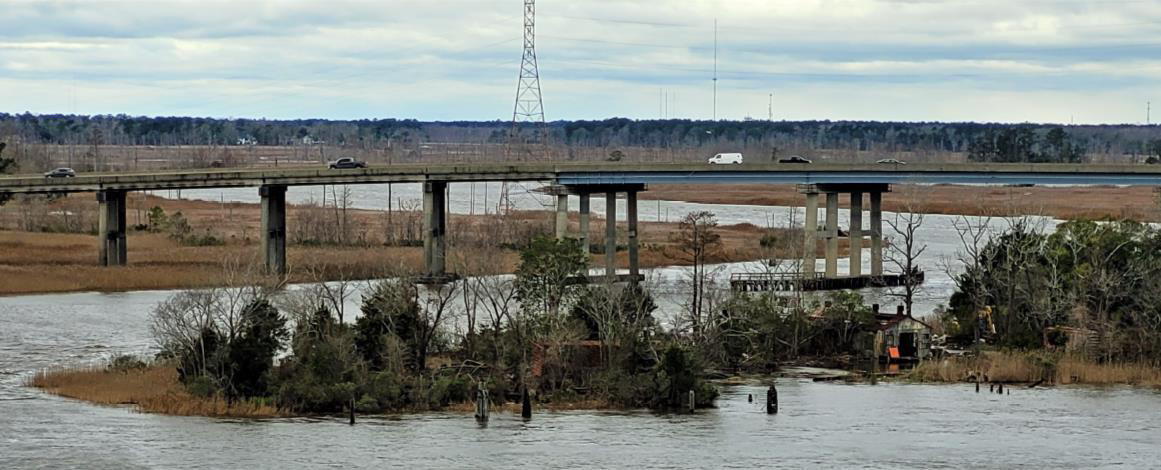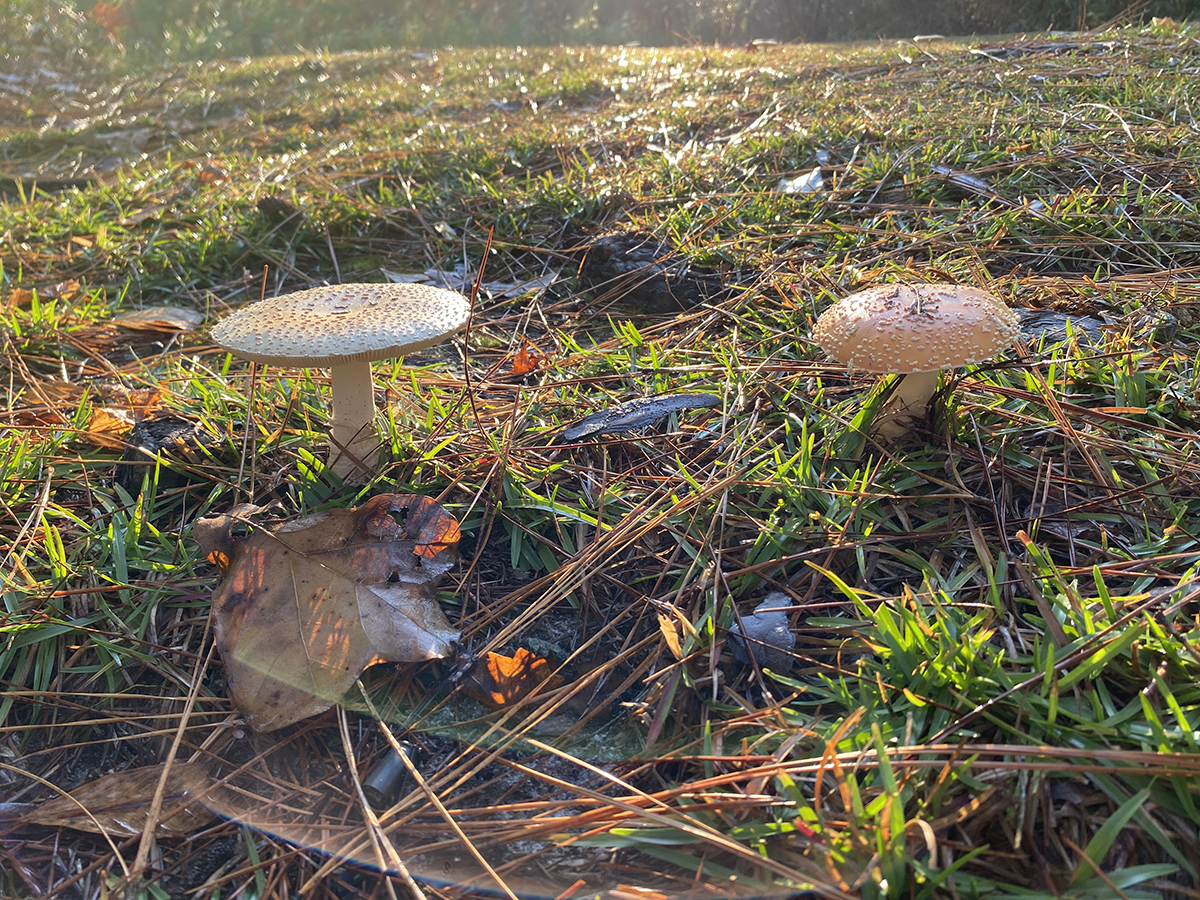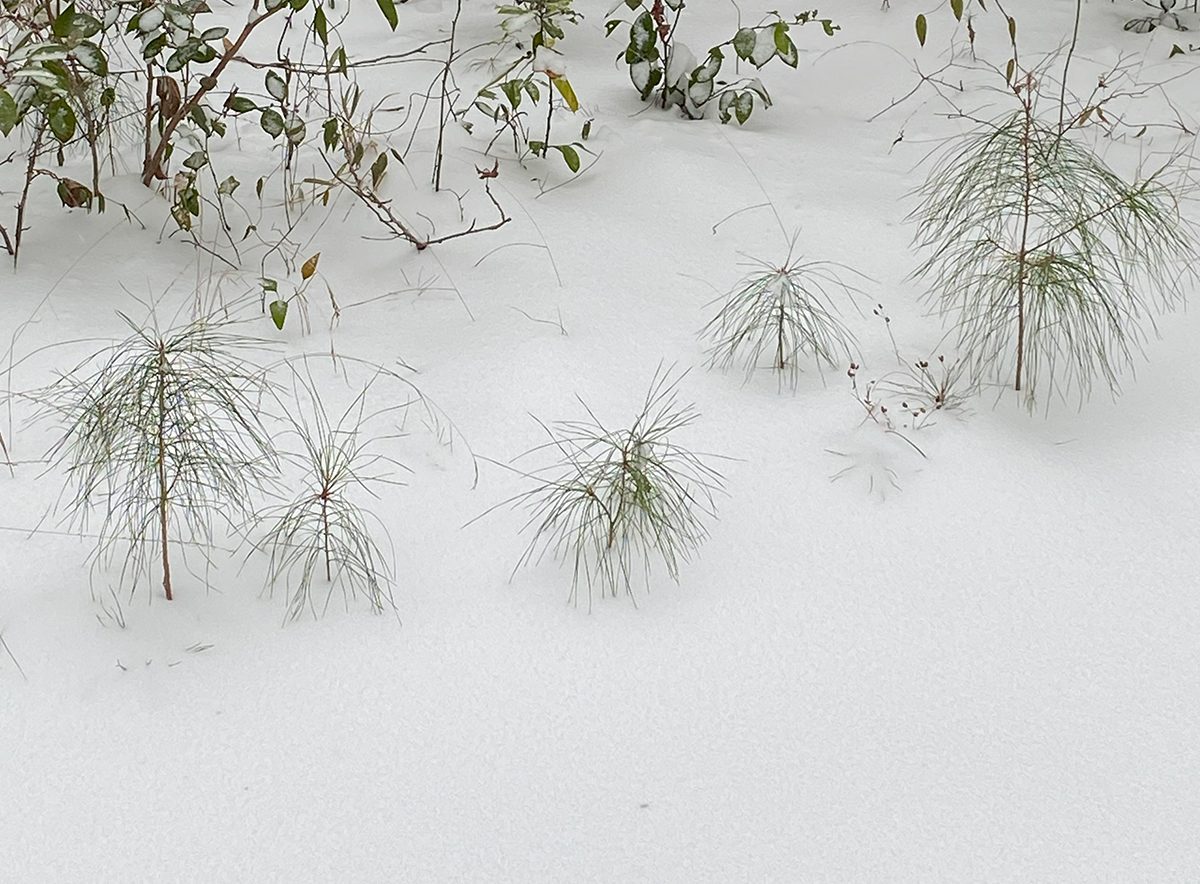
Snow is beautiful while it’s falling, and the way it drapes a soft white blanket over everything like a down comforter.
In an area that doesn’t get much of the white stuff on a regular basis, around here usually a flake or two is enough to cancel school and cause mass panic at the grocery store.
Supporter Spotlight
Snow is the only thing you can use to make snow cream, and pretty much everyone has their own favorite recipe. Ours is a can of condensed milk, a splash of vanilla, a couple of fresh eggs, maybe a little sugar. Add some clean snow and you’re set for an amazing treat.
A great deal of the time, if we even get snow, it’s barely enough to make snow cream. Too bad you can’t freeze some for later and make snow cream at leisure, but it won’t work. We’ve tried.
A recent taste of the cold weather Northerners take for granted gave us an opportunity to build snowmen and have snowball fights and stomp wet, muddy trails in and out the door. Drink hot cocoa with extra marshmallows and sprinkles. Devour bowls of steaming homemade soup or slow-cooked roast. Ride the four-wheelers and drag sleds improvised from clam tubs or other improbable items, whooping and hollering kids making indelible memories.
We were blessed this time with a gracious plenty and then some.
With most of the Southeast shut down as if the main transformer had blown, and with good reason, since we have neither the machinery nor the capability to handle this kind of weather, looking at the snow and playing in it are about all we can do.
Supporter Spotlight
Many of us had a blast making snow angels, or identifying various tracks and paw prints in the snow. The 3-year-old grandson, while we were out tromping around and enjoying his own personal version of Disney’s “Frozen,” informed me he saw Olaf’s footprints!
All of this is nice, and kind of interesting, but what does any of the above have to do with gardening?
Snow is great for gardens! What?
The old timers often called snow “poor man’s fertilizer.”
Sure, it’s wet and falls from the sky but how does that equate to fertilizer?
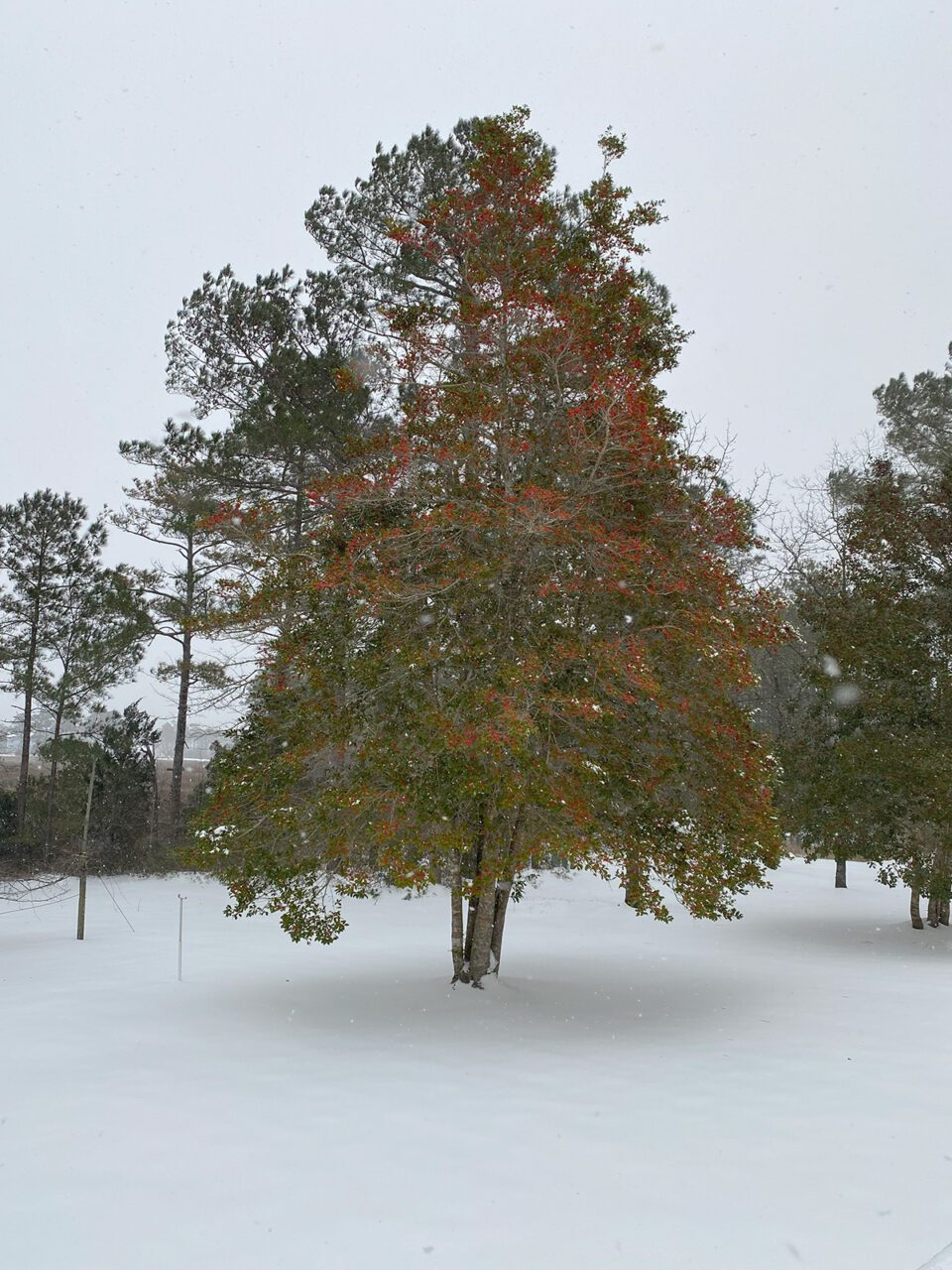
The same way rain makes crops grow far better than watering with a hose or sprinklers. As rain falls, it picks up nitrogen and trace elements from the air. Rain is also naturally soft water. It has no chemicals.
Did you know that lightning provides intense energy that breaks apart nitrogen molecules in the atmosphere? A process called atmospheric nitrogen fixation allows the nitrogen molecules to combine with oxygen. This in turn forms nitrogen oxides, which then dissolve in rainwater and are carried to the ground as nitrates, essentially becoming fertilizer.
Snow does the same thing, just without the lightning. While rain and lightning carry more nitrogen, snow is actually the best form of natural nitrogen because, as snow melts, it absorbs into the ground much more slowly. Snow and rain both pick up additional elements, such as sulfur, on their journey from the sky to the earth.
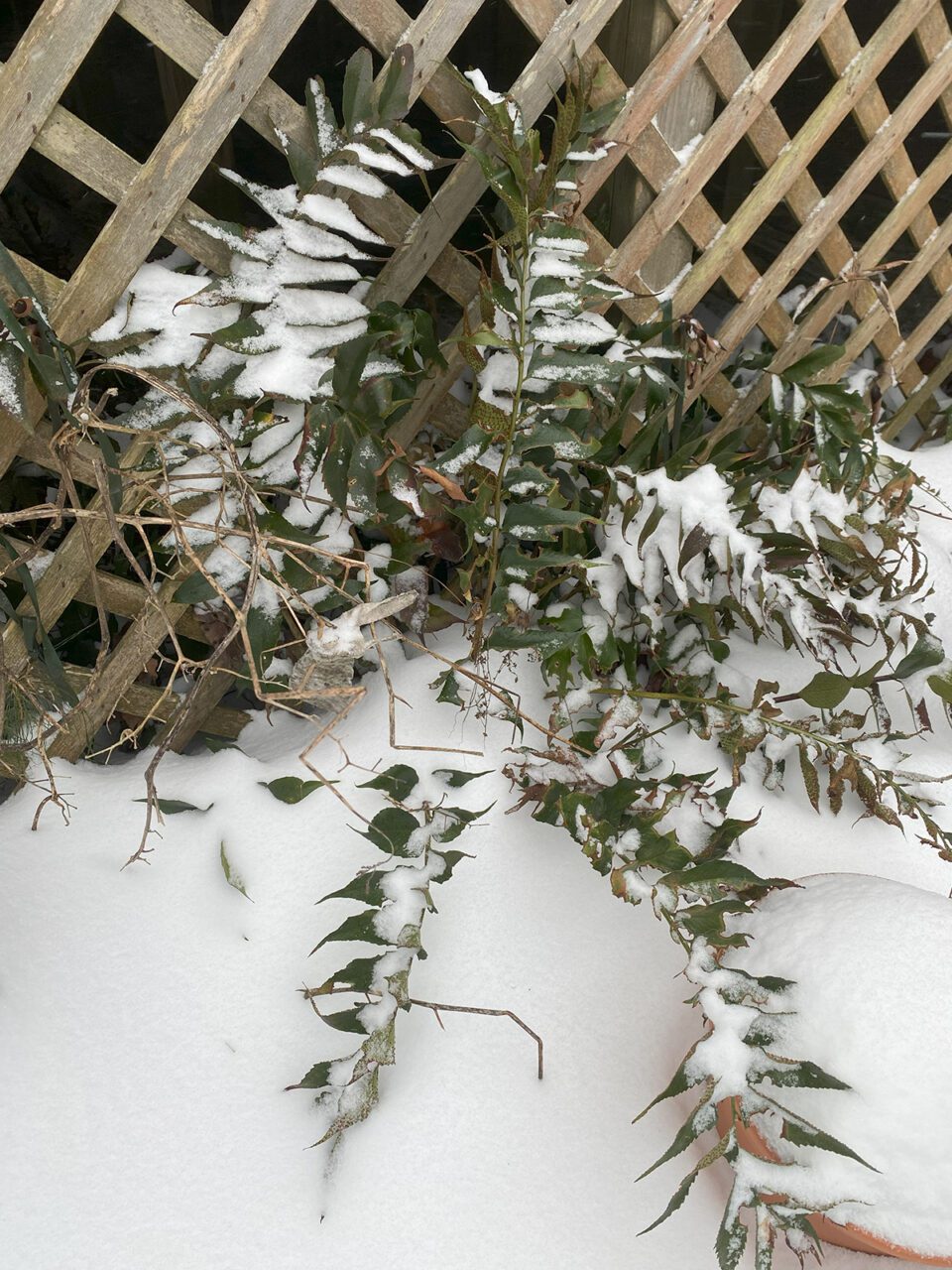
While rain is a quicker form of precipitation, snow blankets the earth. Snow provides insulation to bacteria and other beneficial microorganisms, not to mention plants and animals.
Petrichor, or what the scents of both rain and snow are called, is generally described as an earthy, fresh scent. Since snow is just technically frozen water, it shouldn’t have a scent. But it does.
Kind of hard to describe, one of those “you’ll know it when you know it” things, snow can smell like chlorine, or tin, or electrical stuff like bumper cars, or just plain clean and fresh, like clothes hanging on the line in cold weather. Falling snow can also pick up scents from the area where you live, so pine trees or scent molecules in the air from the earth around you can influence the scent. The experts will tell you that you can “smell snow” because it’s cold and there aren’t many other things, like flowers, around to smell right now.
That’s probably part of being able to smell snow, but the ability to discern when snowfall is imminent most likely comes to us courtesy of our ancestors — the ones who survived. Being able to smell snow coming could absolutely have made the difference between finding shelter in time or freezing to death.
Snow acts as a natural air purifier, latching onto natural and manmade pollutants, removing them from the air, contributing to the fresh, clean scent.
Again, fascinating, but what does any of this have to do with gardening?
Although ours never stays around long, snow adds moisture to the soil — somewhere around a foot of snow equals an inch of rain — while providing a form of insulating mulch. It adds nitrogen and trace elements back to the soil. Not enough that you won’t still need to fertilize your garden, but every little bit helps. Natural is better than chemical, the way real sugar is better than the little pink or yellow packets.
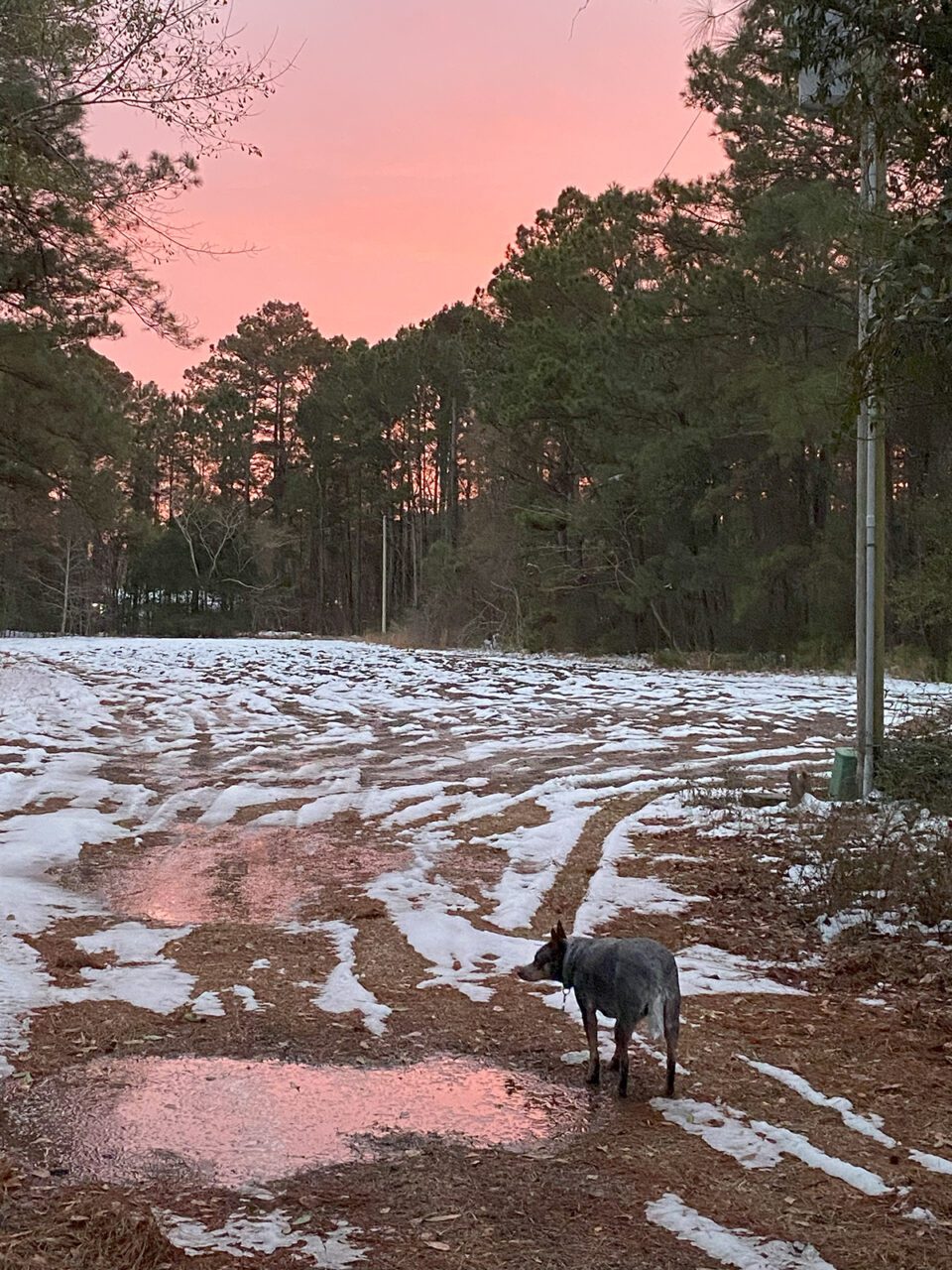
Some plants, like tulips and various types of fruit trees, need a good dose of cold. While the little bit we had won’t likely be enough for tulips or hard crunchy apples to actually thrive here, it will help many plants. Some seeds need a blast of cold, called stratification, in order to initiate germination.
Hopefully the snow blanketed our more fragile outdoor plants, palms and such, enough to keep the cold and the bitter wind from killing them. While we won’t know for sure for a few months yet, plants are tougher than you’d think. Most plants can afford the loss of a few branches or leaves, especially if they have a good root system.
While the snow discommoded many of us, making us miss work or other planned events, most of us didn’t lose power. We had heat and lights and water, and hopefully made some memories.
Despite appreciating the benefits, after our most recent “Snowmageddon,” we’ve all seen enough snow for a while!


